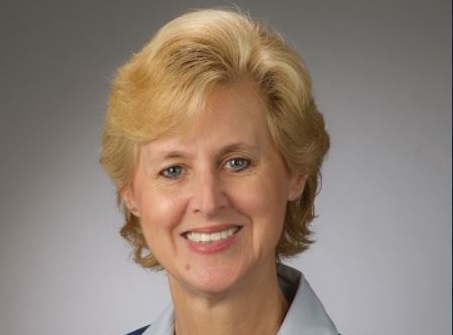 Transwestern IMEG Corp. The Convergence of Healthcare Delivery in the US. Lisa Feeley Transwestern Skanska HKS Architects CannonDesign Robins & Morton IMEG
Transwestern IMEG Corp. The Convergence of Healthcare Delivery in the US. Lisa Feeley Transwestern Skanska HKS Architects CannonDesign Robins & Morton IMEG© Touchpoint Markets, All Rights Reserved. Request academic re-use from www.copyright.com. All other uses, submit a request to [email protected]. For more inforrmation visit Asset & Logo Licensing.







